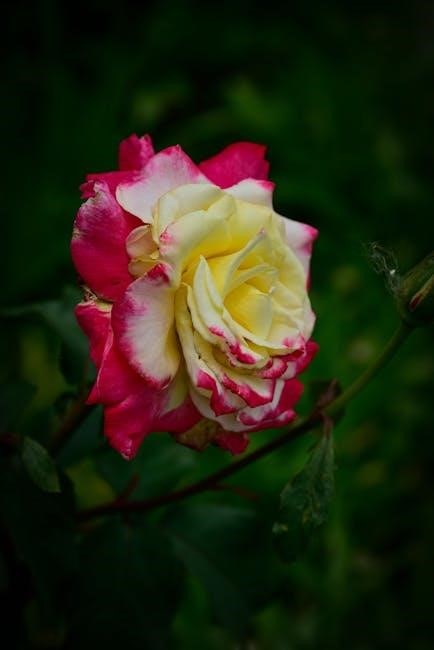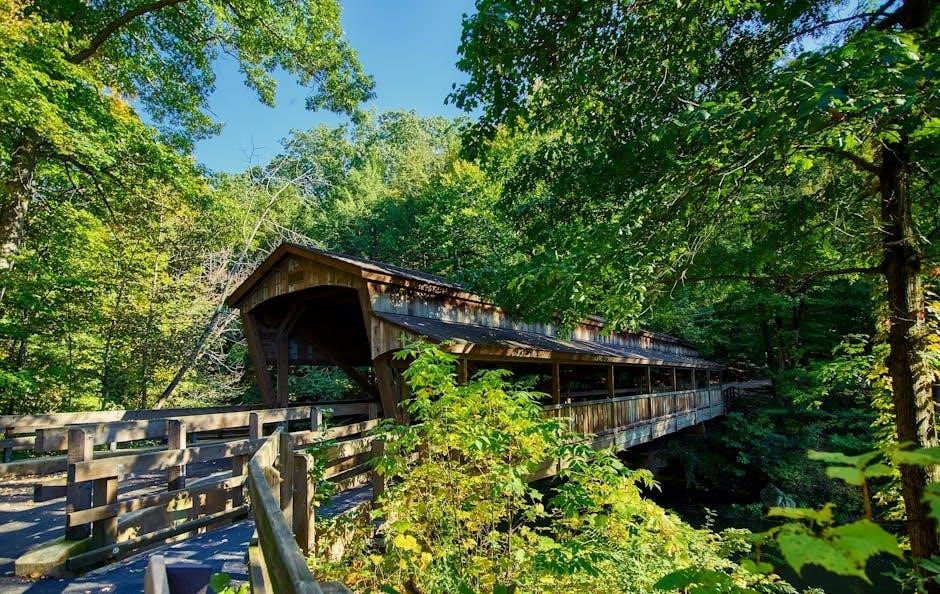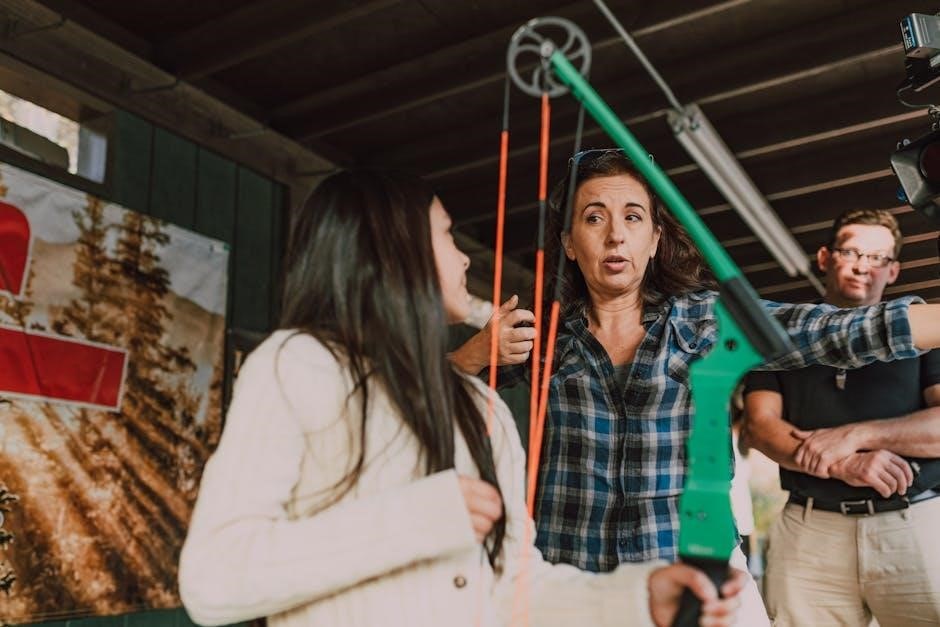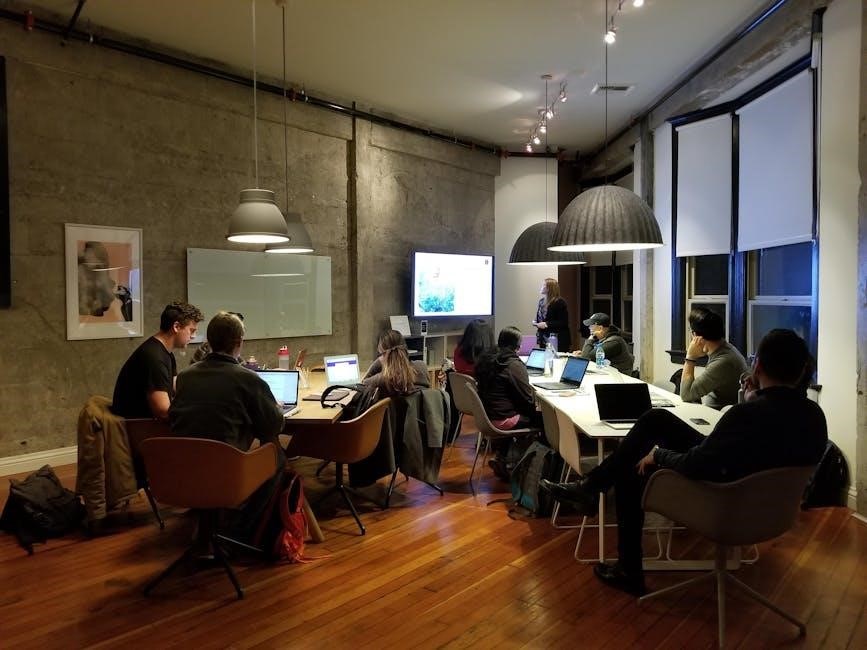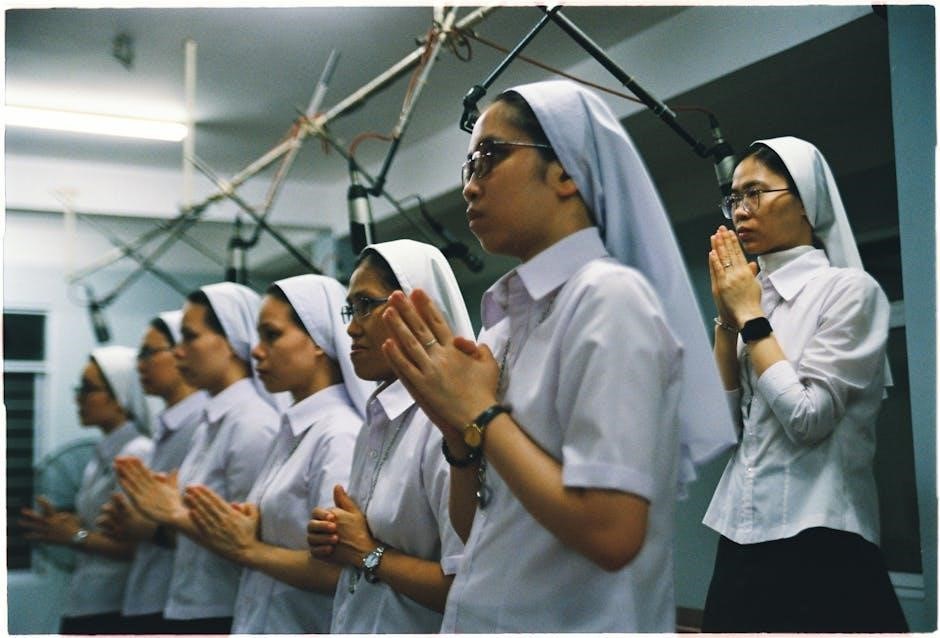Welcome to the Zone 10b Planting Guide! This guide helps gardeners navigate the unique conditions of USDA Hardiness Zone 10b, where the climate is warm year-round, allowing for diverse plant growth and extended harvesting opportunities. Whether you’re a seasoned gardener or just starting out, this guide provides essential insights to maximize your gardening success in this Mediterranean-like climate.
1.1 Understanding USDA Hardiness Zones
The USDA Hardiness Zones are a critical guide for gardeners, dividing the country into areas based on average annual extreme temperatures. These zones help determine which plants can thrive in specific regions. Zone 10b, with its mild winters and hot summers, allows for year-round gardening. Understanding your zone ensures you choose plants suited to your climate, maximizing growth and reducing failure risks; This system is vital for selecting appropriate plants and planning planting schedules effectively.
1.2 Importance of Zone 10b for Year-Round Gardening
Zone 10b’s mild winters and warm summers make it ideal for year-round gardening, offering growers the unique ability to cultivate a wide variety of plants. Unlike cooler zones, gardeners in 10b can enjoy multiple harvests of vegetables, herbs, and flowers. The extended growing season allows for continuous production, with minimal downtime between crops. This zone’s climate supports diverse plant choices, enabling gardeners to grow tropical and temperate species side by side, making it a paradise for those seeking fresh, homegrown produce throughout the year.
Seasonal Planting Guide for Zone 10b
Zone 10b offers unique planting opportunities year-round. This guide breaks down the best plants for spring, summer, fall, and winter, ensuring optimal growth and productivity in each season.
2.1 Spring Planting in Zone 10b
Spring in Zone 10b is ideal for planting warm-season crops like tomatoes, peppers, and zucchini. Herbs such as basil and mint thrive in the mild temperatures.
Start seedlings indoors 4-6 weeks before the last frost date to get a head start. Direct sow vegetables like beans and corn as soon as the soil warms up. Incorporate native plants to attract pollinators and ensure a vibrant garden throughout the season.
2.2 Summer Planting in Zone 10b
Zone 10b’s warm summer weather supports continuous growth for many plants. Focus on heat-tolerant varieties like okra, eggplant, and Southern peas. Herbs such as basil and mint thrive in summer’s warmth. Incorporate drought-resistant plants to conserve water. Use shade cloth to protect sensitive crops from intense sunlight. Keep your garden hydrated with efficient watering techniques to ensure plants flourish throughout the season. Summer is also a great time to plant tropical fruits and vegetables that love the heat.
Plan strategically to maintain a bountiful harvest.
2.3 Fall Planting in Zone 10b
Fall in Zone 10b offers ideal conditions for planting cool-season crops. Start by sowing seeds for broccoli, kale, spinach, and carrots in late summer or early fall. The warm days and cooler nights promote healthy growth. Incorporate compost to enrich the soil and retain moisture. Plant bulbs like garlic and onions for a spring harvest. Herbs such as parsley and cilantro also thrive during this season. Ensure proper spacing for airflow and consider drip irrigation to maintain consistent soil moisture.
Fall is a great time to replenish your garden for a bountiful winter harvest.
2.4 Winter Planting in Zone 10b
Zone 10b’s mild winters allow for year-round gardening. Plant cold-tolerant crops like spinach, kale, and Brussels sprouts in late fall for winter harvest. Root vegetables such as beets and radishes also excel during this time. Incorporate mulch to retain soil warmth and moisture. Herbs like rosemary and thyme thrive in cooler months. Start seedlings for spring in protected areas. Winter is also ideal for planting bare-root fruit trees and berries. This season offers a fresh start for gardeners, ensuring a continuous yield of fresh produce throughout the year.
Plan strategically to maximize winter growth.
Soil Preparation and Management
Prepping soil in Zone 10b involves adding organic matter for drainage and nutrient-rich potting mixes for containers. Proper soil management ensures healthy root growth and plant vitality.
3.1 Choosing the Right Potting Mix for Containers
Selecting the right potting mix is crucial for container gardening in Zone 10b. Opt for a mix rich in organic matter to improve drainage and retain moisture. Avoid using garden soil, as it can compact and hinder root growth. Look for mixes containing peat moss or coconut coir for better water retention and perlite or vermiculite for aeration. Custom blends can be tailored to specific plant needs, ensuring optimal growth and health in the region’s warm climate.
3.2 Tips for Preparing Garden Soil in Zone 10b
Preparing garden soil in Zone 10b involves amending it to suit the region’s warm, often dry climate. Test your soil pH and adjust if necessary, as most plants thrive in a slightly acidic to neutral range. Incorporate compost or well-rotted manure to enhance fertility and structure. Mulch around plants to retain moisture and suppress weeds. Ensure good drainage by loosening compacted soil and adding organic matter like worm castings. These steps create a fertile, balanced soil environment for optimal plant growth and health in Zone 10b gardens.
Water Management in Zone 10b
Effective water management in Zone 10b is crucial due to its warm climate. Balancing efficient irrigation with conservation methods ensures healthy plant growth without waste.
4.1 Efficient Watering Techniques for Zone 10b
Efficient watering in Zone 10b involves using drip irrigation or soaker hoses to deliver water directly to roots, reducing evaporation. Water deeply but infrequently to encourage deep root growth. Avoid overhead watering to minimize fungal diseases. Mulch around plants to retain soil moisture and regulate temperature. Water in the early morning or late evening to reduce evaporation. Monitor soil moisture by inserting a finger or tool into the soil. Adjust watering schedules based on seasonal rainfall and plant needs.
4.2 Mulching to Retain Moisture
Mulching is a key strategy for retaining moisture in Zone 10b’s warm climate. Apply a 2-3 inch layer of organic mulch like bark chips, straw, or leaves around plants. This helps suppress weeds, regulate soil temperature, and reduce water evaporation. Replenish mulch periodically as it breaks down. Avoid mulching too close to plant stems to prevent rot. Mulching is most effective when applied in spring and fall, helping plants thrive during intense heat and cooler months.

Maximizing Year-Round Production
Maximizing year-round production in Zone 10b involves strategic planning, including succession planting, crop rotation, and utilizing vertical space. Plant multiple harvests of fast-growing crops like leafy greens and herbs. Incorporate companion planting to enhance growth and deter pests. Use trellises or cages for vining plants to optimize space. Regularly monitor and adapt to seasonal changes to ensure consistent yields throughout the year.
5.1 Succession Planting Strategies
Succession planting is key to maximizing year-round production in Zone 10b. Plant small batches of crops like leafy greens, herbs, and cherry tomatoes every 1-2 weeks to ensure continuous harvests. Choose fast-maturing varieties to make the most of the warm climate. Intercrop compatible plants to optimize space and reduce soil depletion. Rotate beds seasonally to maintain soil health and avoid pests. Use vertical gardening techniques for vining plants like peas or cucumbers. This approach ensures a steady supply of fresh produce while maintaining soil fertility and garden efficiency year-round.
5.2 Crop Rotation for Optimal Yields
Crop rotation is essential for maintaining soil health and maximizing yields in Zone 10b. Rotate plants from different families to prevent nutrient depletion and reduce pest buildup. For example, follow leafy greens with root vegetables or tomatoes with legumes. Incorporate cover crops like clover or rye to replenish soil nutrients. Avoid planting the same crop in the same bed consecutively to minimize disease risks. This balanced approach ensures long-term soil fertility and diverse, thriving harvests throughout the year.
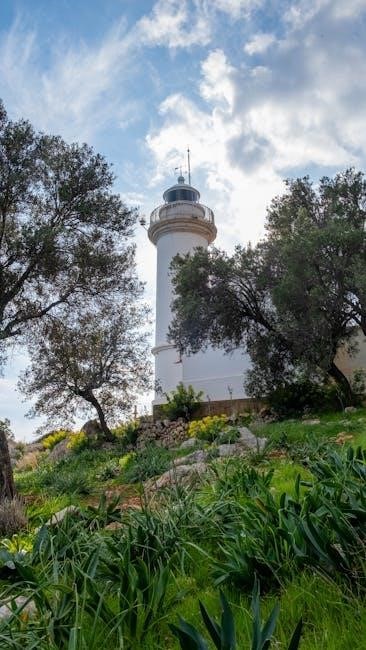
Common Challenges in Zone 10b Gardening
Zone 10b gardening presents unique challenges, including extreme heat, pests, and water management. These factors require tailored strategies to maintain healthy, productive gardens year-round.
6.1 Managing Pests in Zone 10b
In Zone 10b, managing pests is crucial due to the warm climate. Common pests include aphids, whiteflies, and spider mites. Use organic solutions like neem oil or insecticidal soap. Encourage beneficial insects such as ladybugs and lacewings. Regularly inspect plants, especially herbs and vegetables, to catch infestations early. Mulching can suppress pests, while crop rotation and companion planting help break pest life cycles. Row covers are effective for protecting young plants. Stay vigilant to maintain a balanced ecosystem and reduce chemical use.
- Monitor plants regularly for signs of infestation.
- Use organic pest control methods whenever possible.
- Encourage beneficial insects to support natural pest control.
6.2 Dealing with Extreme Heat
In Zone 10b, extreme heat can stress plants and affect growth. To mitigate this, water deeply in the early morning to reduce evaporation. Use shade cloth or row covers to protect sensitive plants during peak sun hours. Mulching helps retain soil moisture and regulate temperature. Drought-tolerant plants are ideal for withstanding heat, while consistent care ensures plants thrive despite high temperatures. Proper planning and protection are key to maintaining a healthy garden in this warm climate.
- Water deeply in the morning to minimize evaporation.
- Use shade cloth to protect plants from intense sunlight.
- Choose drought-tolerant plants for better heat resistance.
Selecting the Best Plants for Zone 10b
Selecting the right plants for Zone 10b is crucial for a thriving garden. Native and drought-tolerant varieties excel in this warm climate, ensuring year-round beauty and productivity.
- Native plants like California poppies and coyote mint thrive naturally.
- Drought-tolerant options such as agave and yucca require minimal water.
- Herbs like rosemary and oregano grow abundantly in Zone 10b.
7.1 Native Plants for Zone 10b
Native plants are ideal for Zone 10b gardens, as they are naturally adapted to the local climate and soil conditions. These plants require less maintenance and water, making them a sustainable choice. Popular native options include California poppies, coyote mint, and Matilija poppies, which attract pollinators and add vibrant colors to your garden. Incorporating native plants supports local biodiversity and ensures thriving growth throughout the year.
- They are drought-tolerant and require minimal care.
- Native plants attract pollinators like bees and butterflies.
- They enhance the garden’s natural beauty and biodiversity.
7.2 Drought-Tolerant Plants for Water Conservation
Drought-tolerant plants are a smart choice for Zone 10b gardens, offering stunning beauty while conserving water. Succulents like aloe and agave thrive in dry conditions, while plants like lavender and rosemary require minimal watering once established. These plants are perfect for hot, sunny areas and support water conservation efforts. By incorporating drought-tolerant species, gardeners can maintain a vibrant landscape with reduced water usage.
- They require less frequent watering.
- Many are low-maintenance and adaptable.
- These plants are ideal for Zone 10b’s warm climate.
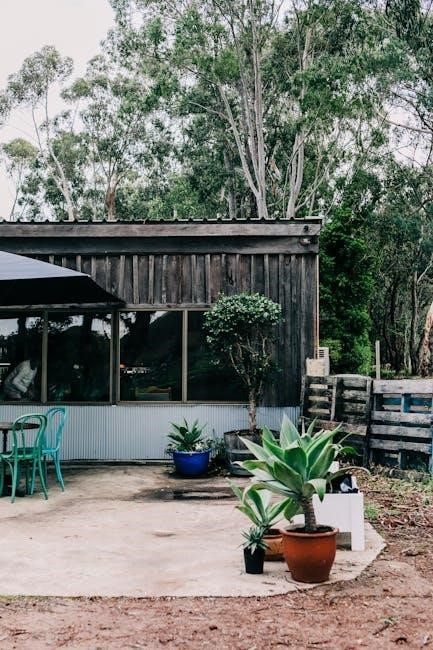
Benefits of Gardening in Zone 10b
Gardening in Zone 10b offers an extended growing season and a wide variety of plant choices. Enjoy fresh produce year-round and create vibrant, thriving gardens with ease.
8.1 Extended Growing Season
In Zone 10b, gardeners enjoy an extended growing season due to the region’s warm climate. With minimal frost and long summers, plants thrive for most of the year. This allows for multiple harvests of crops like tomatoes, peppers, and herbs. The mild winters also support cool-season crops such as kale and spinach, making year-round gardening possible. The flexibility of the growing season encourages gardeners to experiment with diverse plant varieties and maximize their yields throughout the year.
8.2 Diversity of Plant Choices
Zone 10b offers unparalleled diversity in plant selection, allowing gardeners to grow a wide range of flora. From native plants like California poppies to drought-tolerant succulents and vibrant flowering varieties, the options are vast. Herbs, vegetables, and fruits thrive in the warm climate, while ornamental plants add beauty to landscapes. The year-round growing season enables gardeners to experiment with multiple crops, fostering a dynamic and productive garden environment that highlights the region’s horticultural potential.

Community and Resources for Zone 10b Gardeners
Zone 10b gardeners benefit from vibrant local communities and online forums for sharing knowledge and solving challenges. Resources like ECHO’s guides and USDA zone tools provide tailored advice for optimal gardening success in this unique climate.
9.1 Connecting with Local Gardening Communities
Connecting with local gardening communities in Zone 10b is essential for sharing knowledge and overcoming challenges. Join local gardening groups, attend workshops, and participate in seed exchanges to learn from experienced gardeners. Many communities host events focused on year-round growing strategies, pest management, and drought tolerance. These networks provide invaluable insights and support, helping you make the most of your Zone 10b garden. Engaging with others fosters a sense of camaraderie and enhances your gardening journey.
9.2 Online Resources and Guides for Zone 10b
For Zone 10b gardeners, numerous online resources offer tailored advice and guides. Websites like the USDA Plant Hardiness Zone Map provide detailed climate insights. Platforms such as GardenWeb and gardening forums share region-specific tips. ECHO Community’s guides for warm climates are particularly useful for Zone 10b. These resources cover planting calendars, soil preparation, and water management strategies. Utilizing these tools helps gardeners make informed decisions and optimize their year-round growing potential in Zone 10b’s unique conditions.
Gardening in Zone 10b offers year-round opportunities with proper planning and care. By leveraging its warm climate, diverse plant choices, and efficient strategies, gardeners can enjoy bountiful harvests and vibrant landscapes.
10.1 Summary of Key Tips for Zone 10b Gardening
Gardening in Zone 10b requires understanding its warm climate and selecting plants suited to its conditions. Focus on well-draining soil, efficient watering, and mulching to retain moisture. Plant native and drought-tolerant species to conserve water. Use seasonal planting strategies to maximize year-round production. Practice succession planting and crop rotation for optimal yields. Manage pests naturally and protect plants from extreme heat. Engage with local gardening communities and utilize online resources for tailored advice and support.



